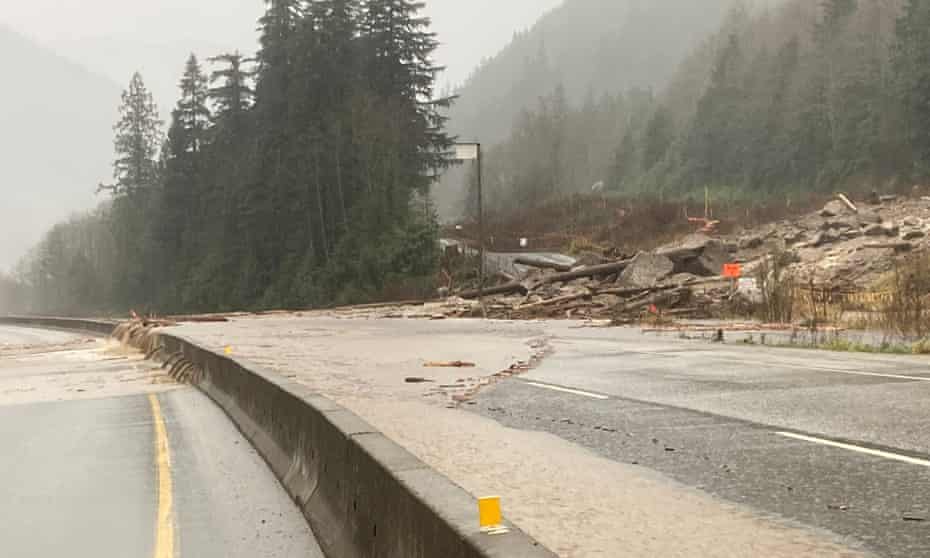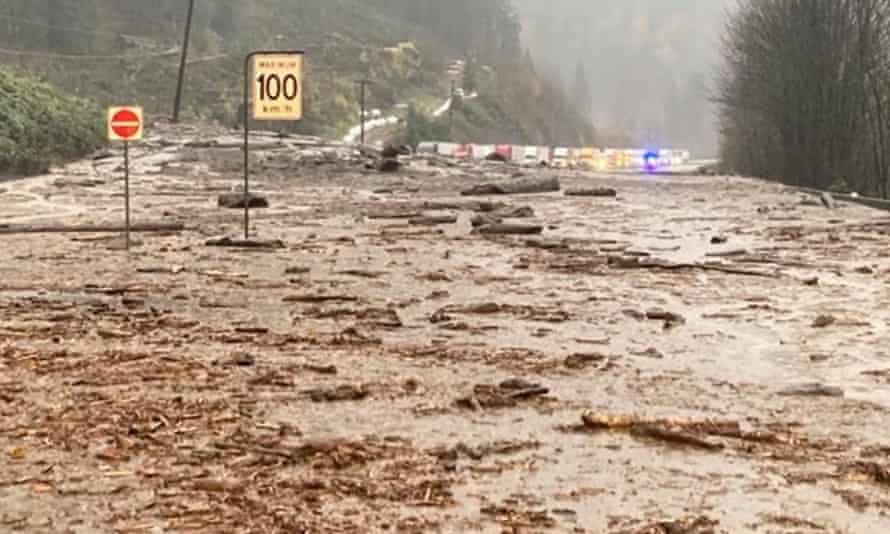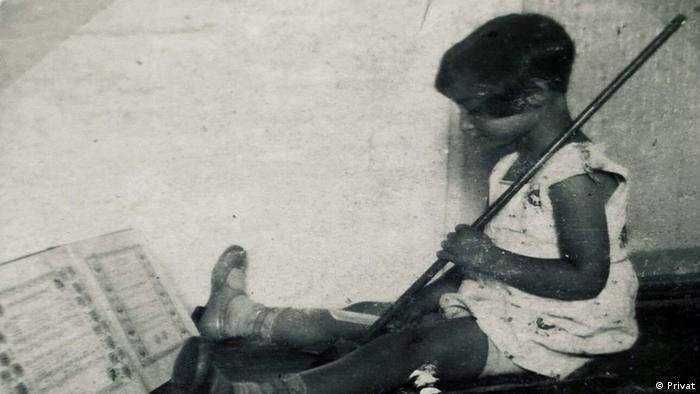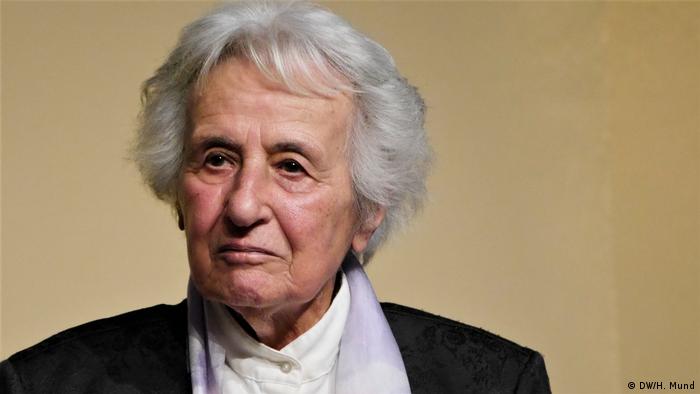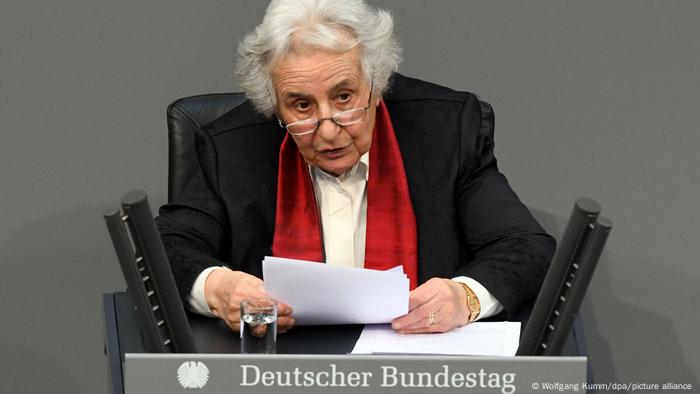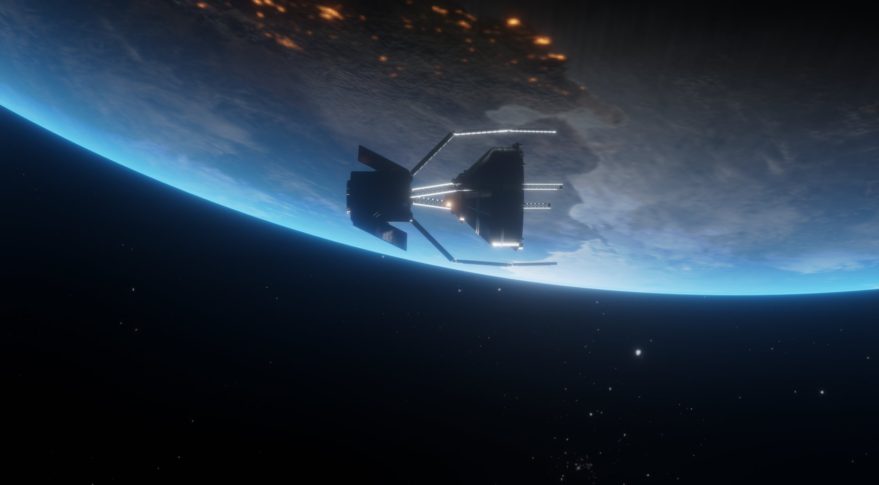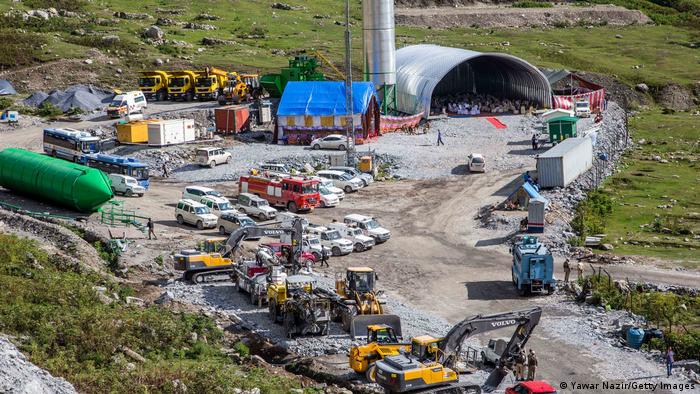COMMENTARY: What O’Toole calls ‘radical’ is Canadian democracy at work
WHICH THE TORIES HATE
globalnewsdigital

globalnewsdigital

© THE CANADIAN PRESS/Sean Kilpatrick
Conservative Leader Erin O’Toole holds a press conference on Parliament Hill in Ottawa on Tuesday, Nov. 9, 2021.
Though most of his attention is likely focused on keeping his own restive caucus united, federal Conservative Leader Erin O’Toole did manage to direct some of his mental energy last week to scaremongering about the unholy alliance he claims is taking shape in Ottawa: a “radical Liberal-NDP coalition.”
The first order of business of the re-elected Prime Minister Justin Trudeau, O’Toole warned Canadians in ominous tones, “is to let his new Liberal members of Parliament know that they will have to accept a radical Liberal-NDP coalition agreement. This coalition will mean billions of dollars of new spending to buy Jagmeet Singh’s silence.”
The so-called “Liberal-NDP government,” O’Toole added, would “cause devastating financial impacts for workers and communities from coast to coast to coast.”
Read more: O’Toole under fire as Tory senator launches petition seeking leadership review
To be clear, there is no coalition being formed. And there’s nothing radical about the re-elected Liberal government, as it plans its legislative agenda in a minority Parliament, comparing notes with the NDP — a party that holds the balance of power in the House (that’s just math) and which everyone knows shares a number of key policy planks with Trudeau’s left-leaning cabinet and caucus.
Paid sick leave. Affordable housing. Serious climate change commitments. Child care. Pharmacare. A vaccination-driven, science-based escape route from the COVID-19 pandemic.
Liberal and NDP policies in these areas differ in some details. Timelines for implementation aren’t perfectly aligned. The degree of determination to press ahead with certain changes isn’t exactly the same.
But these two parties — as well as the Greens and most Bloc Québécois MPs — are definitely in the same ballpark when it comes to such issues, all milling about in centre-left field as they get ready for the parliamentary return to play next week, on Monday, Nov. 22.
Still, we shouldn’t expect O’Toole to adjust his rhetorical strategy in the face of such basic facts or the will of Canadian voters who — broadly speaking — gave solid majority support in the Sept. 20 election to the country’s political progressives, as well as clear marching orders (all party leaders seemed to admit) to simply work together to get things done.
Even the Conservatives, if we are to believe what the moderate-sounding O’Toole was saying on the campaign trail just two months ago, are standing not so far away from the other parties on most of these issues — perhaps in straightaway centre (though some stubborn members of his team remain huddled in right field, angrily kicking dirt about the two-jab ground rules for the upcoming season).
Nevertheless, the official leader of the Opposition is duty-bound to oppose. And the messaging we can expect from O’Toole — and which he delivered on cue last week — had been telegraphed as early as August, in the opening days of the election campaign, when he bemoaned the left-wing “coalition” cabal that had been governing Canada since 2019, and might well be again after the Sept. 20 vote.
At a Conservative campaign rally on Aug. 17, O’Toole said: “Friends, 12 years ago, the Liberals, the NDP and the Bloc Québécois signed a pact to govern Canada as a coalition. Today, with the addition of the Green Party, that’s precisely what we have. There isn’t a choice between the Liberals, the NDP, and the Greens. They’re all the same.”
Read more: NDP MP Charlie Angus says no deal reached with Liberals after initial meeting
The term “coalition” in the Conservative lexicon is a synonym for “corruption.” It has been ever since 2008, when then-prime minister Stephen Harper faced the possibility of losing power to an alliance of opposition leaders that briefly flirted with pooling their seats to gain control of the House of Commons, as Canada’s parliamentary system certainly allows but the politics of that time ultimately did not.
So that’s why O’Toole has unconvincingly characterized the prospect of Liberal-NDP co-operation to pass legislation in the coming Parliament as nothing more than a dirty scheme by Trudeau’s Liberals to “buy Jagmeet Singh’s silence,” as if something criminal were transpiring here.
Singh, in fact, has explicitly ruled out joining a “formal coalition” with the Liberals. “That is a firm no from me,” the NDP leader told reporters during a press conference last week. “There is not going to be any coalition at all.”
Video: O’Toole announces shadow cabinet, moves Rempel Garner to natural resources, Poilievre back to finance
Instead, Singh not-so-scarily signalled, “like we did in the minority government previously during the pandemic, we use our position to fight for help for people. And we push the Liberal government to deliver more help to people.”
Gasp!
But Canadians should be braced for this: Even mere issue-by-issue collaboration between the Liberals and NDP (and possibly the Greens and Bloc) to pursue common legislative goals will be consistently tarred by O’Toole as illegitimate, the actions of a de facto undemocratic “coalition” bent on implementing policies that will always be “a disaster for the Canadian economy,” as he put it last week.
Yet Canadian political history offers several examples of constructive, collaborative governing arrangements negotiated by Liberal and NDP leaders of the past, with those progressive-minded minority governments recording major achievements: Lester B. Pearson and Tommy Douglas in the mid-1960s (Medicare, the Canadian flag); Pierre Trudeau and David Lewis from 1972 to 1974 (Petro-Canada, a new national program for affordable housing); and Paul Martin and Jack Layton in 2005, when the Liberal government shifted $4.6 billion in planned corporate tax cuts to spending on a series of NDP-backed programs, including education and training investments, affordable housing and increased foreign aid.
Read more: 100 day clock already ticking on Liberals’ promises to introduce host of bills
“We had the opportunity to put some of our ideas into practice for a change instead of just talking about them,” Layton said of the deal struck with Martin in his 2006 memoir Speaking Out Louder.
O’Toole and other Conservatives might see that kind of collaboration between a Liberal government and an NDP party with balance-of-power leverage as a form of social-democratic gunboat diplomacy. Progressives will see it as the fruits of a democratic election that compels constructive compromises between two broadly compatible parties.
But it’s hardly radical, coalition or not. And it’s what Canadians voted for.
Randy Boswell is a Carleton University journalism professor and former national reporter.
Though most of his attention is likely focused on keeping his own restive caucus united, federal Conservative Leader Erin O’Toole did manage to direct some of his mental energy last week to scaremongering about the unholy alliance he claims is taking shape in Ottawa: a “radical Liberal-NDP coalition.”
The first order of business of the re-elected Prime Minister Justin Trudeau, O’Toole warned Canadians in ominous tones, “is to let his new Liberal members of Parliament know that they will have to accept a radical Liberal-NDP coalition agreement. This coalition will mean billions of dollars of new spending to buy Jagmeet Singh’s silence.”
The so-called “Liberal-NDP government,” O’Toole added, would “cause devastating financial impacts for workers and communities from coast to coast to coast.”
Read more: O’Toole under fire as Tory senator launches petition seeking leadership review
To be clear, there is no coalition being formed. And there’s nothing radical about the re-elected Liberal government, as it plans its legislative agenda in a minority Parliament, comparing notes with the NDP — a party that holds the balance of power in the House (that’s just math) and which everyone knows shares a number of key policy planks with Trudeau’s left-leaning cabinet and caucus.
Paid sick leave. Affordable housing. Serious climate change commitments. Child care. Pharmacare. A vaccination-driven, science-based escape route from the COVID-19 pandemic.
Liberal and NDP policies in these areas differ in some details. Timelines for implementation aren’t perfectly aligned. The degree of determination to press ahead with certain changes isn’t exactly the same.
But these two parties — as well as the Greens and most Bloc Québécois MPs — are definitely in the same ballpark when it comes to such issues, all milling about in centre-left field as they get ready for the parliamentary return to play next week, on Monday, Nov. 22.
Still, we shouldn’t expect O’Toole to adjust his rhetorical strategy in the face of such basic facts or the will of Canadian voters who — broadly speaking — gave solid majority support in the Sept. 20 election to the country’s political progressives, as well as clear marching orders (all party leaders seemed to admit) to simply work together to get things done.
Even the Conservatives, if we are to believe what the moderate-sounding O’Toole was saying on the campaign trail just two months ago, are standing not so far away from the other parties on most of these issues — perhaps in straightaway centre (though some stubborn members of his team remain huddled in right field, angrily kicking dirt about the two-jab ground rules for the upcoming season).
Nevertheless, the official leader of the Opposition is duty-bound to oppose. And the messaging we can expect from O’Toole — and which he delivered on cue last week — had been telegraphed as early as August, in the opening days of the election campaign, when he bemoaned the left-wing “coalition” cabal that had been governing Canada since 2019, and might well be again after the Sept. 20 vote.
At a Conservative campaign rally on Aug. 17, O’Toole said: “Friends, 12 years ago, the Liberals, the NDP and the Bloc Québécois signed a pact to govern Canada as a coalition. Today, with the addition of the Green Party, that’s precisely what we have. There isn’t a choice between the Liberals, the NDP, and the Greens. They’re all the same.”
Read more: NDP MP Charlie Angus says no deal reached with Liberals after initial meeting
The term “coalition” in the Conservative lexicon is a synonym for “corruption.” It has been ever since 2008, when then-prime minister Stephen Harper faced the possibility of losing power to an alliance of opposition leaders that briefly flirted with pooling their seats to gain control of the House of Commons, as Canada’s parliamentary system certainly allows but the politics of that time ultimately did not.
So that’s why O’Toole has unconvincingly characterized the prospect of Liberal-NDP co-operation to pass legislation in the coming Parliament as nothing more than a dirty scheme by Trudeau’s Liberals to “buy Jagmeet Singh’s silence,” as if something criminal were transpiring here.
Singh, in fact, has explicitly ruled out joining a “formal coalition” with the Liberals. “That is a firm no from me,” the NDP leader told reporters during a press conference last week. “There is not going to be any coalition at all.”
Video: O’Toole announces shadow cabinet, moves Rempel Garner to natural resources, Poilievre back to finance
Instead, Singh not-so-scarily signalled, “like we did in the minority government previously during the pandemic, we use our position to fight for help for people. And we push the Liberal government to deliver more help to people.”
Gasp!
But Canadians should be braced for this: Even mere issue-by-issue collaboration between the Liberals and NDP (and possibly the Greens and Bloc) to pursue common legislative goals will be consistently tarred by O’Toole as illegitimate, the actions of a de facto undemocratic “coalition” bent on implementing policies that will always be “a disaster for the Canadian economy,” as he put it last week.
Yet Canadian political history offers several examples of constructive, collaborative governing arrangements negotiated by Liberal and NDP leaders of the past, with those progressive-minded minority governments recording major achievements: Lester B. Pearson and Tommy Douglas in the mid-1960s (Medicare, the Canadian flag); Pierre Trudeau and David Lewis from 1972 to 1974 (Petro-Canada, a new national program for affordable housing); and Paul Martin and Jack Layton in 2005, when the Liberal government shifted $4.6 billion in planned corporate tax cuts to spending on a series of NDP-backed programs, including education and training investments, affordable housing and increased foreign aid.
Read more: 100 day clock already ticking on Liberals’ promises to introduce host of bills
“We had the opportunity to put some of our ideas into practice for a change instead of just talking about them,” Layton said of the deal struck with Martin in his 2006 memoir Speaking Out Louder.
O’Toole and other Conservatives might see that kind of collaboration between a Liberal government and an NDP party with balance-of-power leverage as a form of social-democratic gunboat diplomacy. Progressives will see it as the fruits of a democratic election that compels constructive compromises between two broadly compatible parties.
But it’s hardly radical, coalition or not. And it’s what Canadians voted for.
Randy Boswell is a Carleton University journalism professor and former national reporter.




